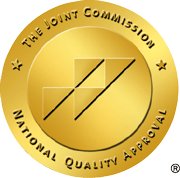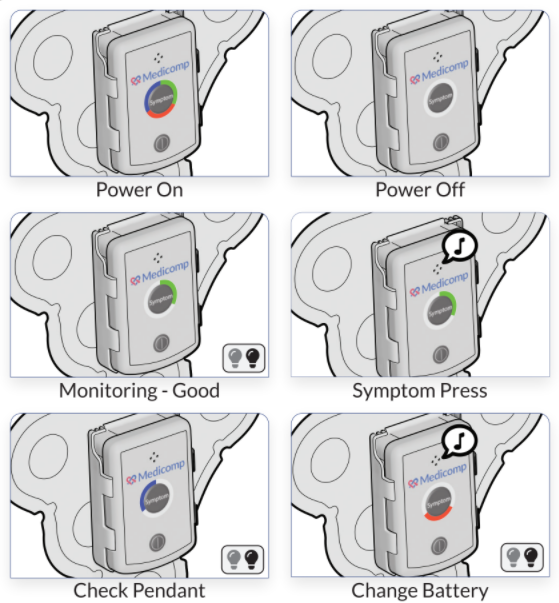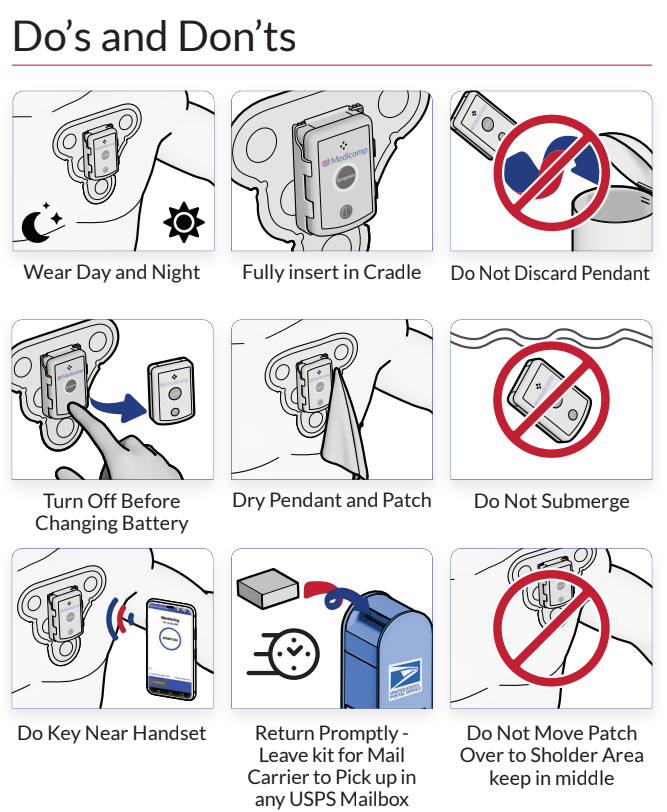More than 500,000 Americans a year suffer from ischemic strokes that alter blood flow to the brain. Of this number, a quarter of these dangerous strokes often have an unknown cause. Patients who suffer cryptogenic ischemic strokes, or strokes causing a cerebral embolism or cerebral thrombosis lacking a defined etiology, are often monitored for occult atrial fibrillation since studies have determined up to one third of all cryptogenic ischemic strokes are due to atrial fibrillation. Stroke victims are often monitored using one of two methods: sustained event-triggered ambulatory cardiac monitoring or follow-up monitoring with a Holter monitor. Ambulatory cardiac monitoring typically records up to 30 days of cardiac activity after the initial ischemic episode, while the Holter monitor continuously records any abnormal activity up to 24 hours after the stroke.
The results of a study conducted by a team led by Dr. David J. Gladstone, M.D., PhD., assistant professor at the Department of Medicine, Division of Neurology at the University of Toronto, Canada, depicted the recurrence of cardiac episodes following cryptogenic ischemic strokes and proved that monitoring cardiac activity over a prolonged stretch of time led to the detection of atrial fibrillation in 16% of all patients with prolonged monitoring compared with 3% detection among the 24-hour Holter monitoring group. Dr. Gladstone’s findings, presented at the International Stroke Conference of 2013, stated that although 82% of the participants wore monitors for more than three weeks, the majority of the cardiac episodes occurred within the first two weeks. It was also noted that anticoagulant use was greater in patients who wore ambulatory cardiac monitors than in the group with Holter monitoring 24 hours after cryptogenic ischemic strokes.
Gladstone notes that sustained ambulatory cardiac monitoring was key in determining that occult atrial fibrillations stimulated many more cryptogenic ischemic strokes than previously defined, and the incidence of atrial fibrillations that ensued necessitated ambulatory cardiac monitoring for at least two weeks following ischemic strokes of undetermined origin.
To learn more concerning ambulatory cardiac monitoring, contact a knowledgeable ReactDx representative at (800) 23-HEART (234-3278), and read our past blogs on the latest cardiology research.



